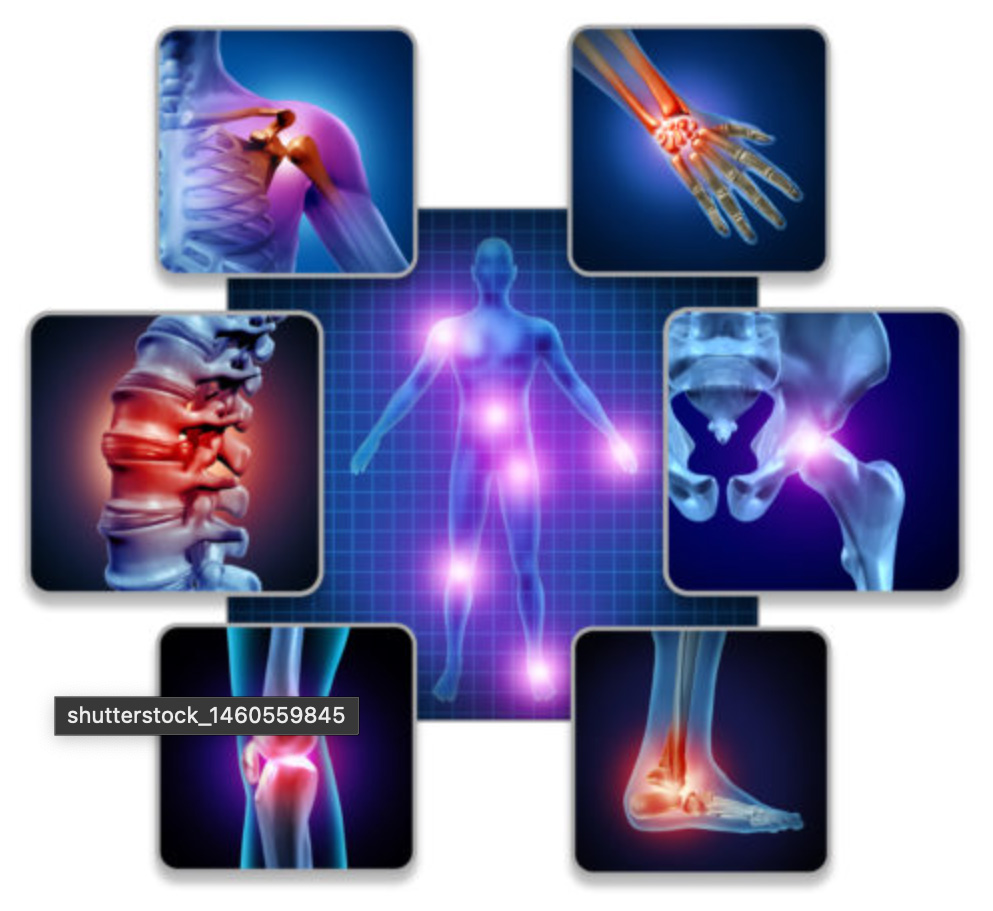
Cervical Spinal Disc
Replacement & Procedures
Cervical Spinal Disc Replacement & Procedures
The spinal column is the main support structure for the body. It consists of a series of vertebral segments stacked on top of each other. In between the vertebrae are the cushioning discs. The spine is broken down into three segments: cervical, thoracic and lumbar. All of our spinal procedures are performed by our highly trained staff who have an extensive amount of experience, ensuring the best possible outcomes safely and efficiently.

Cervical Total Disc Arthroplasty
An artificial Cervical Disc Replacement is an operation where the surgeon removes the damaged discs and replaces the disc with an artificial one. This procedure allows for support of the vertebrae and more natural movement of the spine.
Anterior Cervical Discectomy And Fusion
The Anterior Cervical Discectomy and Fusion is a procedure on the cervical spine in the neck. The surgeon accesses the damaged intervertebral disc from the front of the neck and removes it, thereby reducing painful nerve root impingement. At times the surgeon will insert a plate and fixation onto the front of the spine in order to fuse the bones together and provide more stability.
Lumbar Disc Microsurgery
When a patient herniates (slips) a disc, the loose material can press on nearby nerve structures causing pain and dysfunction. When nonoperative methods are ineffective, the surgeon can perform a microdiscectomy. Using a specialized operating microscope, the surgical team can remove the damaged pinching nerve without requiring a fusion of the back. This alleviates pain and allows a return to more normal function.
Kyphoplasty/Vertbroplasty
A compression fracture of the spine can be a painful condition caused by collapse of the height of a vertebral bone. This causes pain, instability and sometimes loss of height and abnormal bending of the spinal column. A kyphoplasty/vertebroplasty can treat these painful fractures by recreating lost space in the collapsed bone and filling that space with a sturdy bone cement that provides pain relief, support and structure to the collapsed spinal column bone.
Spine
A minimally invasive spine procedure is an alternative to traditional open surgical spine procedures. They can treat different spinal disorders, such as degenerative disc disease, herniated disc, scoliosis, and spinal stenosis. Minimally invasive spine surgery offers many potential benefits, such as small incisions, less cutting through soft tissues, less post-operative pain, and faster recovery.
